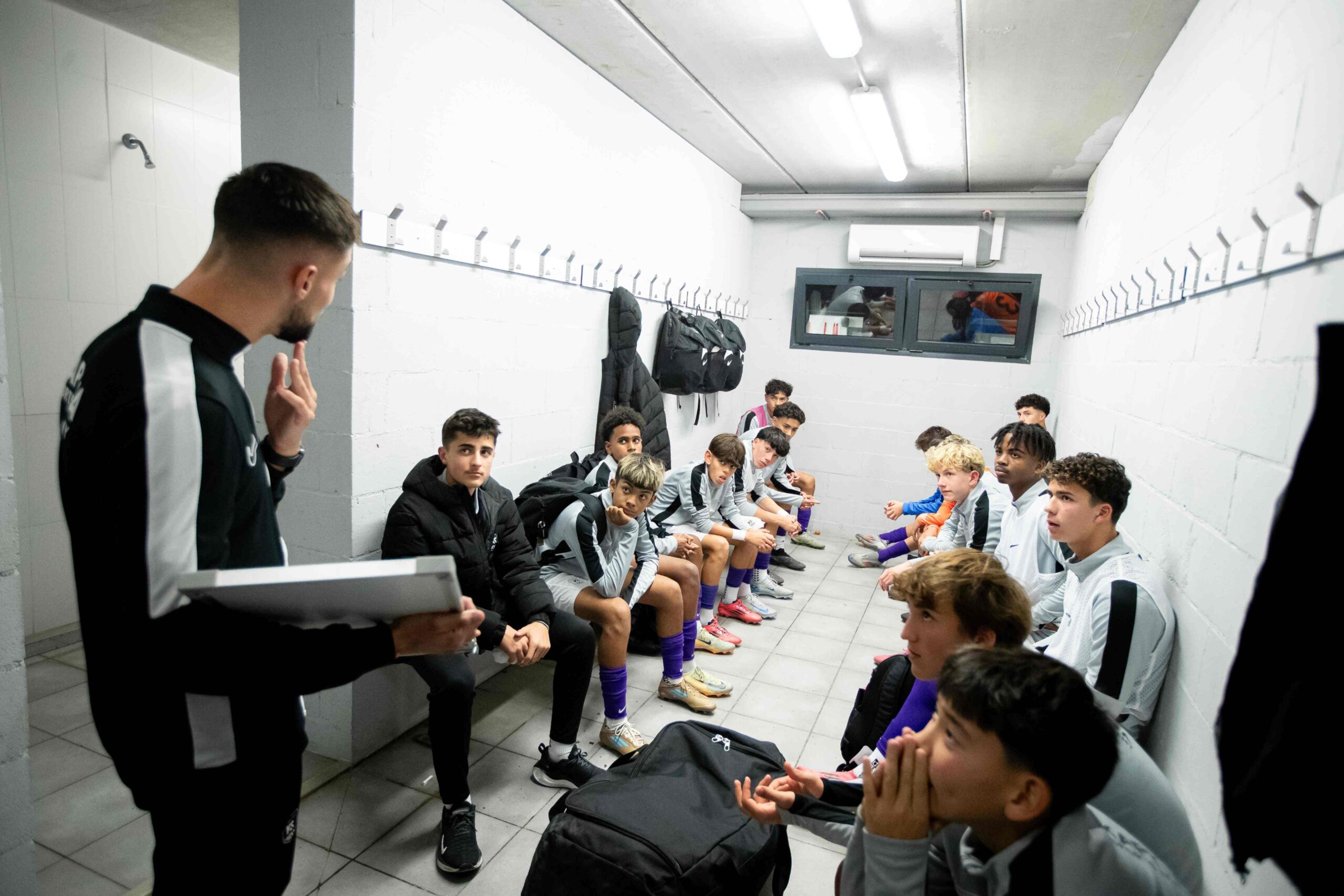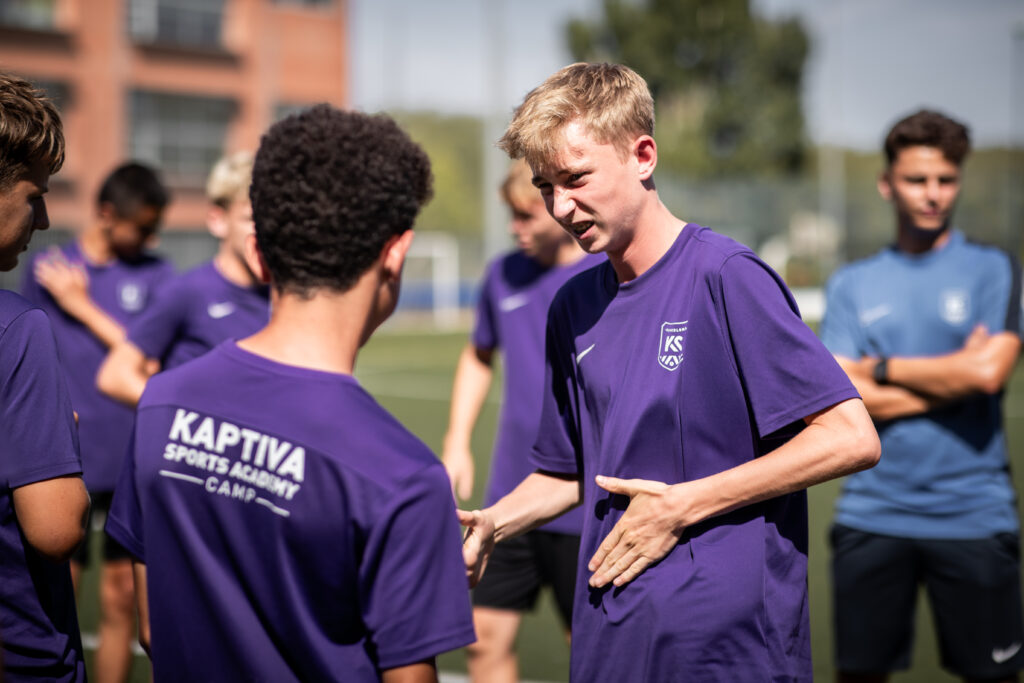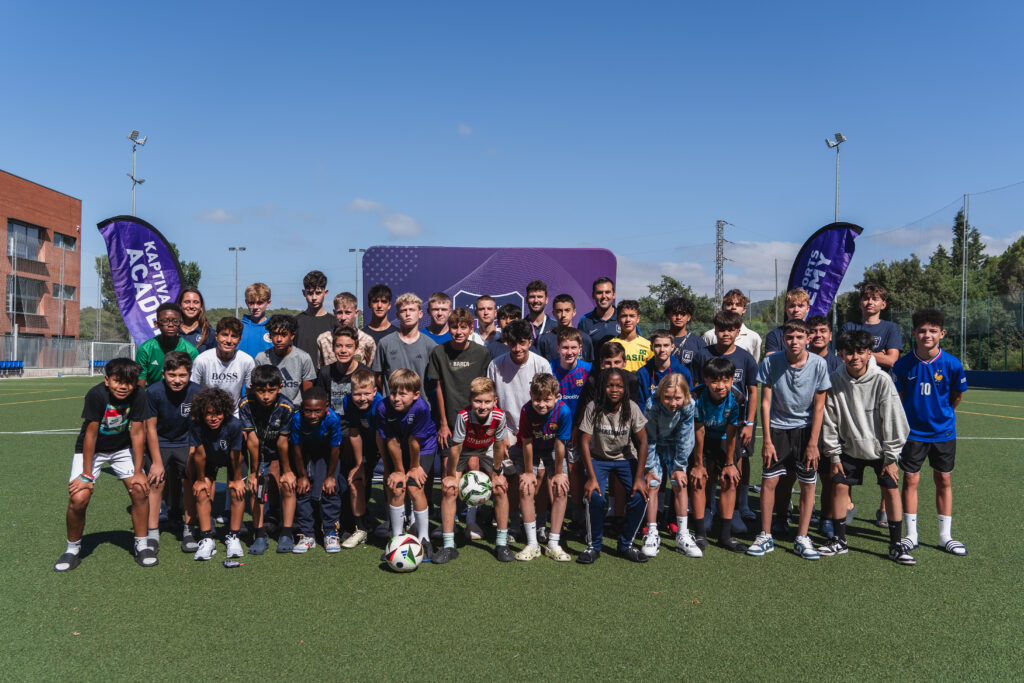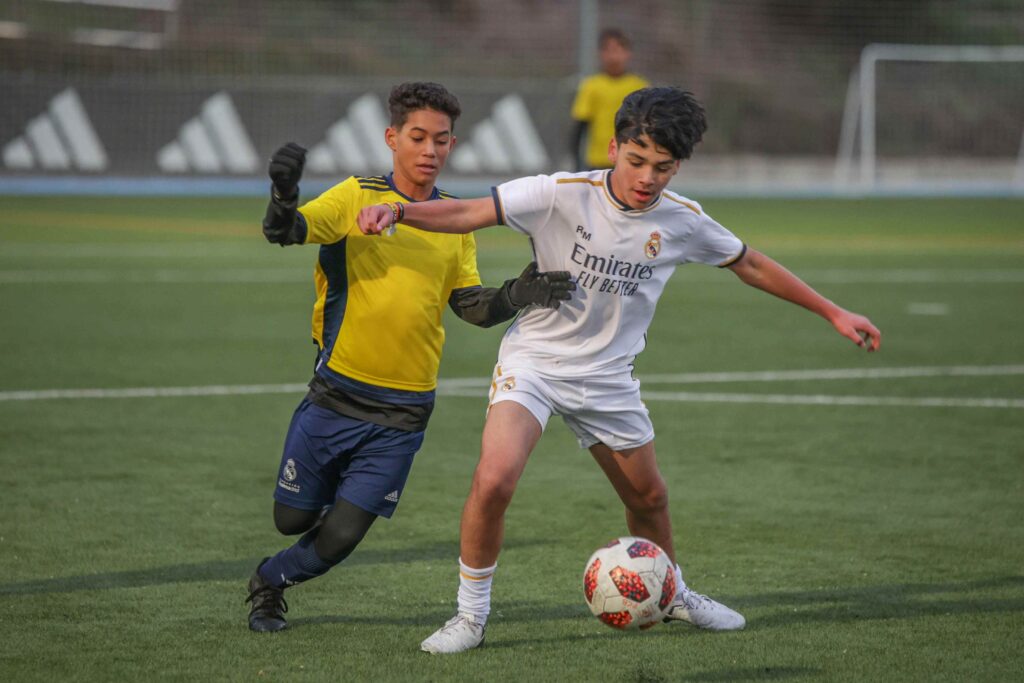What is the element that sets you apart as a person? We all have something that makes us special, that distinguishes us from the rest. In our case, we can proudly talk about our training method. Introducing Kaptiva Training Methodology.
But before that, what are other training methods generally like? We could classify them into more analytical methods and more global methods, and it is also worth talking about them to understand the differences.
ANALYTICAL METHOD
Analytical methodologies are those in which game actions are studied in isolation from the context of the match, with the aim of improving specific elements.
The tasks developed with this method can involve passive opposition or be carried out without any opposition at all. Besides, they can be performed with or without the ball.
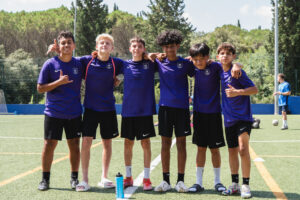
The advantages of this method are that you can focus on improving very specific targets. In addition, you can perform a greater number of repetitions.
On the other hand, we can only train one of the many possible ways of executing the action. We also experience difficulty in applying what we learn in real competition and difficulty in maintaining a high level of motivation.
GLOBAL METHOD
Global methodologies allow training real game situations, which include many structural elements that appear in a real match. These are more contextualised.
In global exercises there is always collaboration, opposition and ball. These factors are clearly different from the previous method.
The advantages of this method are, for example, that the skills worked on are trained in more specific contexts and are learned in open situations. Likewise, the improvement in training is quickly reflected in real competition.
All this leads to a high level of motivation. But it also has its disadvantages: there are fewer repetitions and there is less control over the characteristics of how to play the task.

KAPTIVA METHOD
Having analysed these training methods, it’s time to take a closer look at our own. What makes it special, without a doubt, are its three fundamental steps.
Firstly, there is the Game itself, the basic and straightforward training. At this stage, football matches are designed with specific challenges. Additionally, rules are established to define both the structure and the behavior of the game.
As a second step, we have the Questions. Here, coaches must prepare questions and anticipate situations. It is important to be patient with the mistakes that are going to be made, but as a result of these mistakes, we can ask more closed questions to the players. These questions will be around the situation created, and will allow for yes/no answers, so that the player can reflect on what has happened.
The third and final step would be the Concepts. They are tools for understanding the game, for recognising problems and finding solutions. They are also a source of self-knowledge for the player.
Just as they will understand what they have done wrong, it is important to point out what they have done right. We must always try to be positive, so that it is a meaningful learning experience.
This is the basis of Kaptiva Training Methodology. As you can see, it is a method developed to build trust between players and coaches. It is a very structured and dialogue-based learning process, without neglecting physical training.
